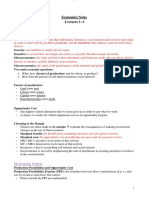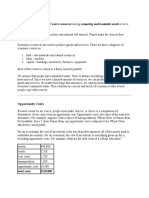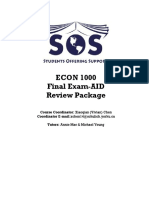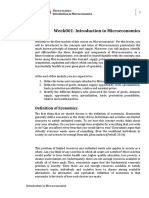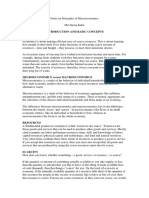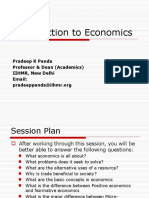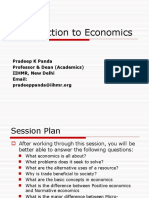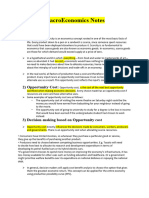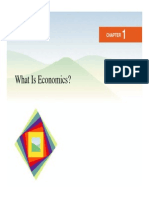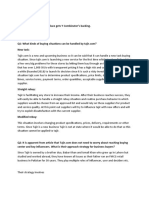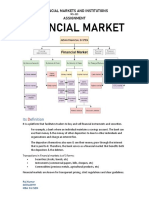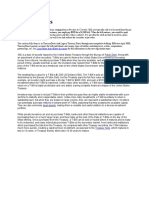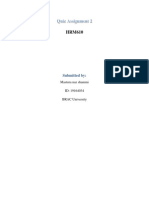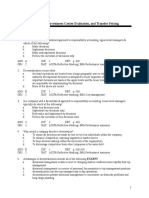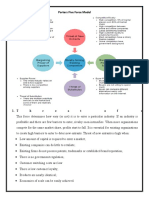0% found this document useful (0 votes)
91 views30 pagesTopic 1
The opportunity cost of going to the dinner is $225, which is the sum of the direct monetary costs ($200 for dinner + $30 for transportation) and the value of the best alternative forgone (3 hours of part-time work at $75/hour = $225).
Uploaded by
Minato MeaCopyright
© © All Rights Reserved
We take content rights seriously. If you suspect this is your content, claim it here.
Available Formats
Download as PDF, TXT or read online on Scribd
0% found this document useful (0 votes)
91 views30 pagesTopic 1
The opportunity cost of going to the dinner is $225, which is the sum of the direct monetary costs ($200 for dinner + $30 for transportation) and the value of the best alternative forgone (3 hours of part-time work at $75/hour = $225).
Uploaded by
Minato MeaCopyright
© © All Rights Reserved
We take content rights seriously. If you suspect this is your content, claim it here.
Available Formats
Download as PDF, TXT or read online on Scribd
/ 30


